Let’s start today’s article with a one-question quiz. When it is growing in nature, is the common houseplant fiddle leaf fig, Ficus lyrata, A) a tropical tree; B) an epiphyte that grows on the branches of another tree; C) a killer plant that strangles other plants; or D) all of the above?
The answer is D, all of the above. In nature, fiddle leaf figs often start out as epiphytes growing in the upper branches of other trees. They send roots down the trunk and into the ground. They eventually kill the other tree and take its place. In the wild, they can reach 40 to 50 feet tall, but indoors in a pot, they grow slower and may only reach 10 feet tall. There are several shorter varieties, such as bambino and compacta. There is also a variegated form with white and green leaves.
The leaves are thick and leathery, with prominent veins and a wavy edge. The leaves can grow to be a 1 1/2 to 2 feet long and 1 foot wide, and some do have a fiddle or violin shape.
They are popular trees in subtropical and tropical gardens. They have been a popular houseplant for many years, in spite of being supposedly hard to grow. They may get that reputation partly because another plant in the Ficus genus that we generally just call a weeping ficus tree, Ficus benjamina, will drop all of its leaves if it is moved into a different environment. The fiddle leaf fig is a little more temperamental than another member of the fig family that we talked about last week, the rubber plant, Ficus elastica. I mentioned that these ficus plants are in the fig family, but this is also the mulberry family.
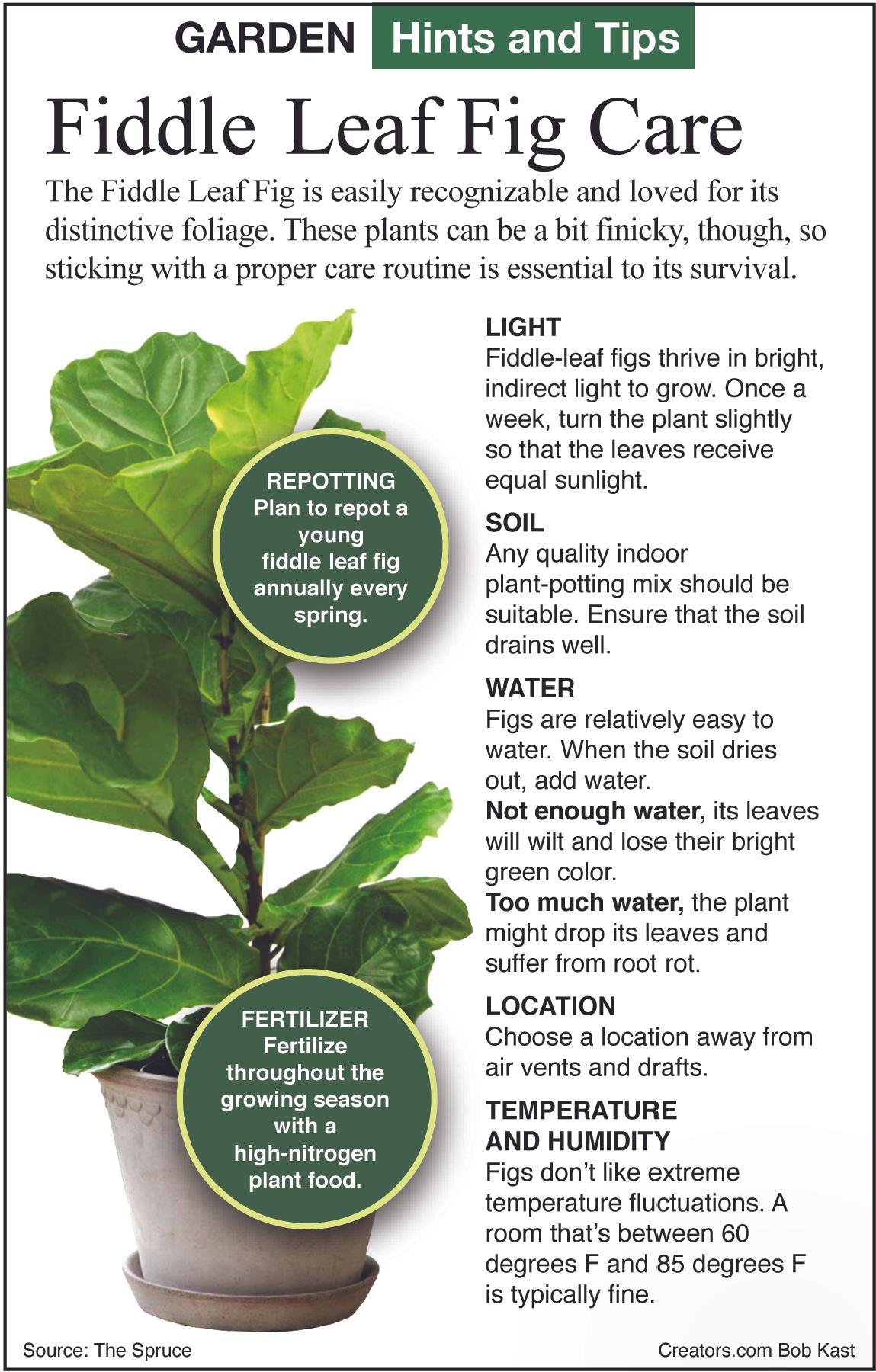
So, let’s talk about fiddle leaf fig care. What conditions would a tropical tree need? First, lots of light. If it is indoors, it can grow close to a window or under a bright light. Turn it on a regular basis to get light to all the leaves so they don’t drop off on the shady side. A leaf that started growing in bright light or shade may fall off if the plant is moved to the opposite condition. So, if you buy the plant from a brightly lit greenhouse and take it home to a dimly lit room, you can expect the plant to adjust by dropping some leaves.
Second, tropical plants don’t like temperatures below the 50s, so don’t put it near an outside door in a northern climate or near an air conditioning vent. And if you buy it in a northern winter, don’t let it get exposed to cold air on the way home.
In the tropics, it may rain every afternoon, but the soil drains quickly, so keep the plant evenly moist without having water stand in the bottom of the pot or tray. Placing the pot on a short plant stand over a tray will help. All that tropical rain will keep the humidity high, so if your house doesn’t have high humidity, a daily misting will help.
Since it wants to grow tall to reach the top of the tree canopy in the jungle, it will grow a long, straight trunk. Prune the trunk and it will grow side branches. Pruning once each spring, before new growth starts, will keep it bushy.
If you want to grow more fiddle leaf figs, you can place the pruned-off trunk or branch into some rooting hormone and water or moist soil, and it will probably grow roots.
Like any houseplant, fiddle leaf figs may get aphids, mealybugs, scale insects, spider mites. or whiteflies. A systemic insecticide will work on most of them, and if you wash the plants on a regular basis to keep dust off the large leaves, you will also reduce the pest problem.

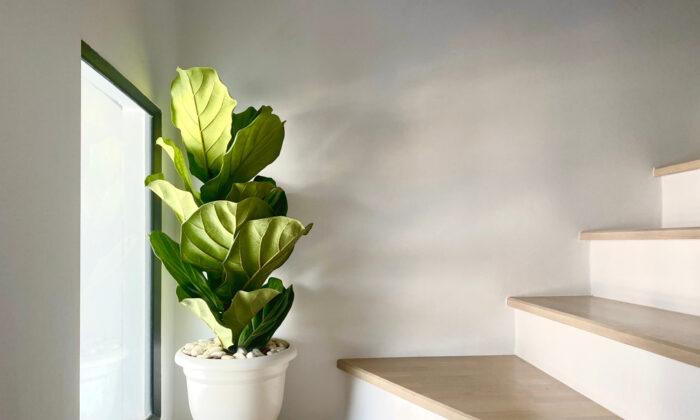
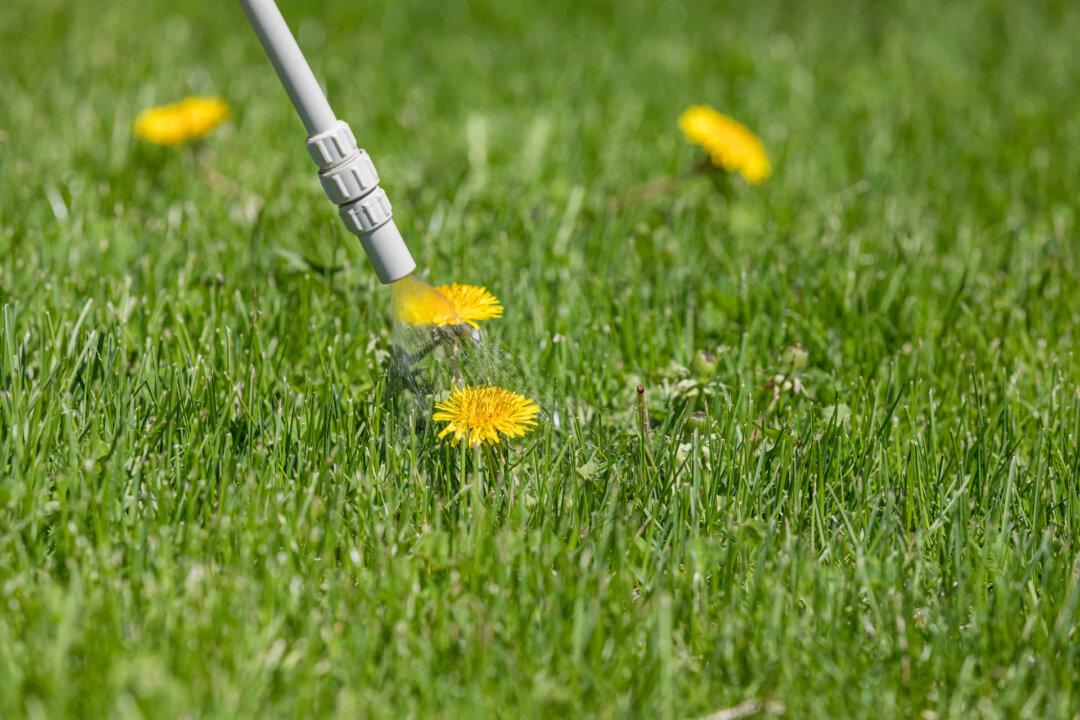
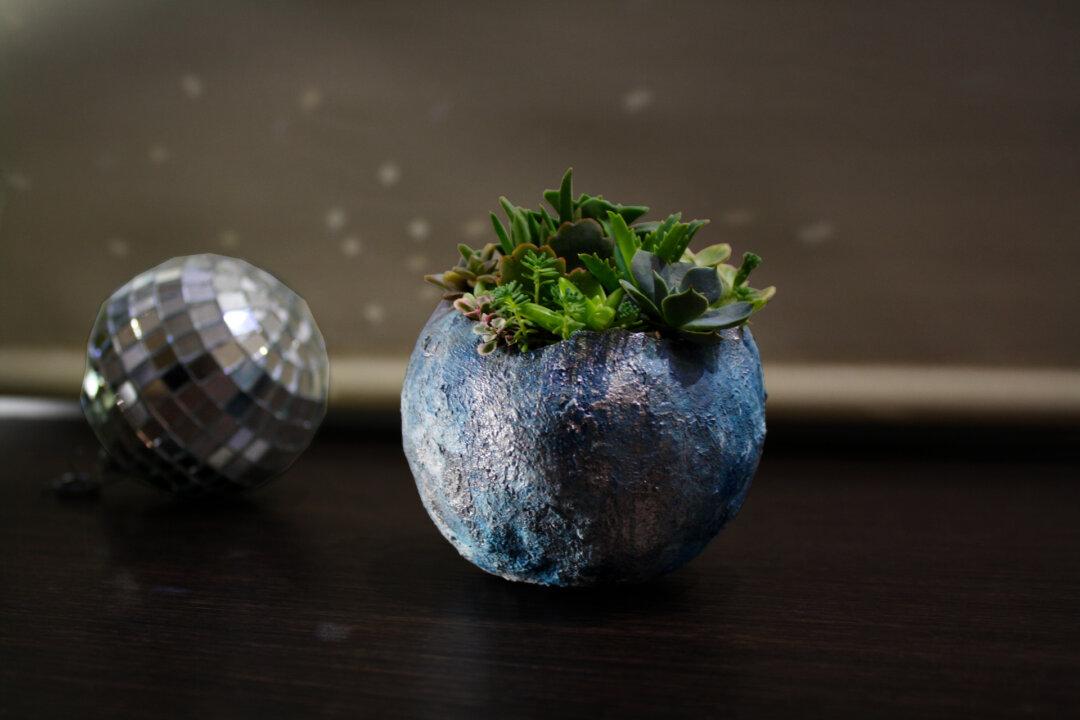
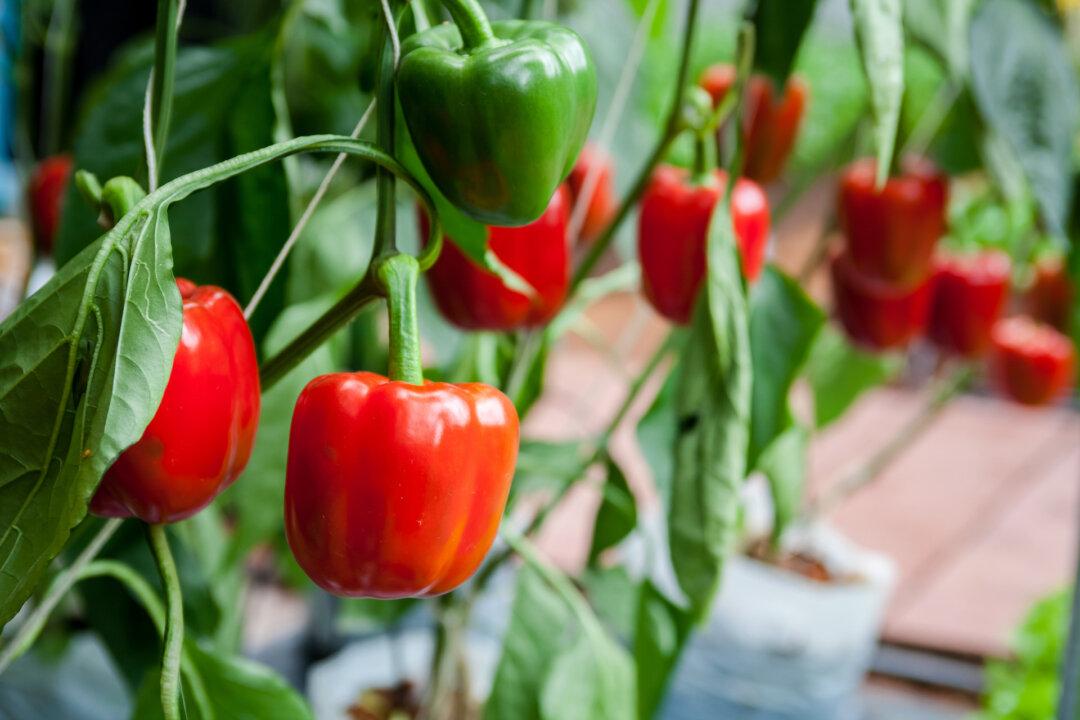

Friends Read Free